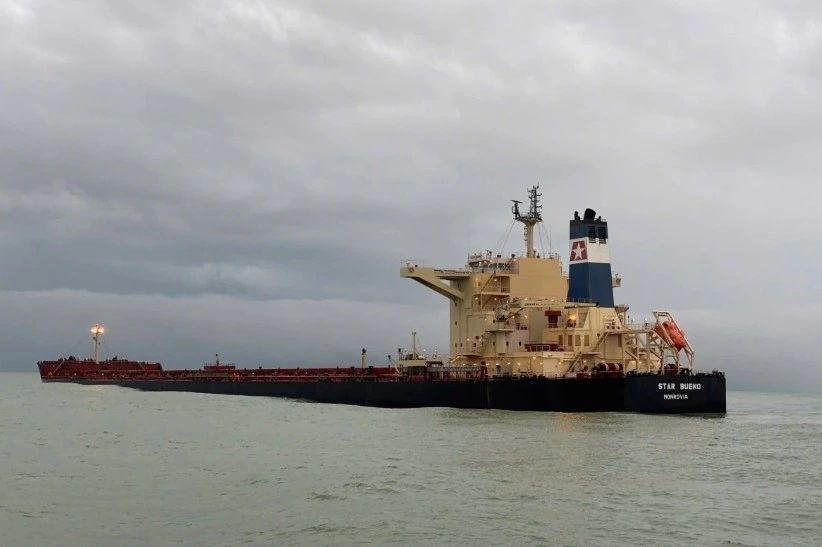Distraction is the process of attention being interrupted, which can prevent personnel from focusing on the current task.
In the maritime industry, the impact is particularly severe: Distraction can lower work efficiency and trigger dangerous incidents, such as collisions and groundings. Watchkeepers distracted from alarms may allow equipment faults to worsen, increasing repair costs. Using Distraction Devices (DCDs) during bunkering can cause to pollution accidents, resulting in high environmental liabilities.
However, electronic devices are not always unnecessary. A total ban on crew replying to business emails For answering work calls could negatively affect operations, especially when no substitutes are available.
Therefore, the core of a DCD management policy is balancing safety needs with business requirements, finding a reasonable compromise between risk control and operational efficiency.
Six Key Points on Distraction Risk
1. Understanding the hazard
2. Assessing if the hazard can evolve into risks
3. Identification of potential risk and impact on safe operation
4. Assessing available risk/hazard control options
5. Choosing the most appropriate option
6. Implementation of the chosen risk/hazard control option
Shipping companies should first assess the hazards posed by existing DCDs to determine if they could cause incidents.
Notably, although the “lookout” rule primarily targets the bridge, its underlying principle of providing effective protection against existing risks applies to all shipboard work areas. To implement protective measures, several risk control options are proposed:
1. Limit or prohibit key personnel from using personal DCDs in critical areas such as the bridge, engine control room, cargo control room, watch officer, watch engineer, and gangway watch.
2. Limit personal DCD use during working hours, regardless of location.
3. Limit non-critical personnel from using DCDs in critical areas to reduce interference with key personnel.
4. Regulate business DCD use during work hours and in specific areas.
5. Optimize onboard communications systems to reduce miscommunication and distraction.
6. Reasonably place computer equipment in critical work areas to keep usage within safe limits.
by Xinde Marine News
In the maritime industry, the impact is particularly severe: Distraction can lower work efficiency and trigger dangerous incidents, such as collisions and groundings. Watchkeepers distracted from alarms may allow equipment faults to worsen, increasing repair costs. Using Distraction Devices (DCDs) during bunkering can cause to pollution accidents, resulting in high environmental liabilities.
However, electronic devices are not always unnecessary. A total ban on crew replying to business emails For answering work calls could negatively affect operations, especially when no substitutes are available.
Therefore, the core of a DCD management policy is balancing safety needs with business requirements, finding a reasonable compromise between risk control and operational efficiency.
Six Key Points on Distraction Risk
1. Understanding the hazard
2. Assessing if the hazard can evolve into risks
3. Identification of potential risk and impact on safe operation
4. Assessing available risk/hazard control options
5. Choosing the most appropriate option
6. Implementation of the chosen risk/hazard control option
Shipping companies should first assess the hazards posed by existing DCDs to determine if they could cause incidents.
Notably, although the “lookout” rule primarily targets the bridge, its underlying principle of providing effective protection against existing risks applies to all shipboard work areas. To implement protective measures, several risk control options are proposed:
1. Limit or prohibit key personnel from using personal DCDs in critical areas such as the bridge, engine control room, cargo control room, watch officer, watch engineer, and gangway watch.
2. Limit personal DCD use during working hours, regardless of location.
3. Limit non-critical personnel from using DCDs in critical areas to reduce interference with key personnel.
4. Regulate business DCD use during work hours and in specific areas.
5. Optimize onboard communications systems to reduce miscommunication and distraction.
6. Reasonably place computer equipment in critical work areas to keep usage within safe limits.
by Xinde Marine News
The opinions expressed herein are the author's and not necessarily those of The Xinde Marine News.
Please Contact Us at:
media@xindemarine.com





